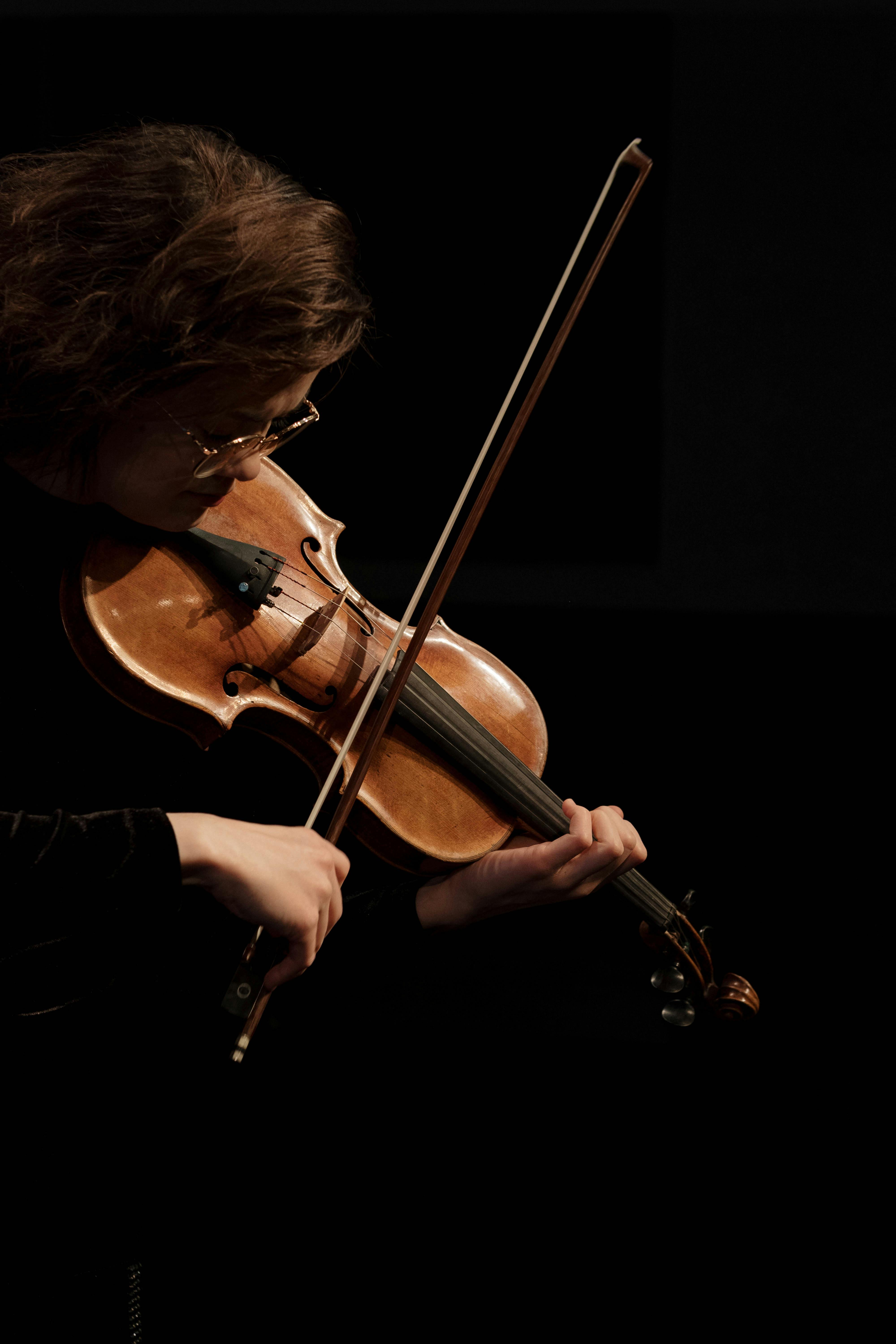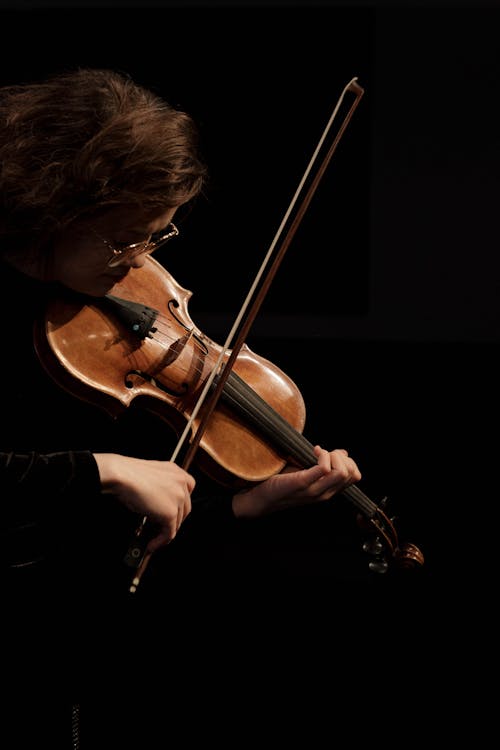
The duration of a note can be increased by half with the addition of a dot.A second dot is half the value of the first dot.These are known as double-dotted notes.
What does a 2 mean in music?
What does double dot mean in piano?
Is cut time faster?
It would be more accurate to say that cut time will sound twice as fast as the same notes played at the same pace.That’s what they’re trying to get across.That wouldn’t be accurate.Cut time is a duple meter.
How do you write cut time?
Cut Time can be found in music with 2 over 2.If we use our formula, we conclude that the half note will get the beat since there are 2 beats in each measure.That’s new!
What is the value of a note in a dotted quarter note?
A dot adds half of the note’s value to the original note’s value.A quarter note is one beat.12 of the original value is added by a dot after the quarter note.A quarter note is 112 beats.
How many beats is a whole note?
The basic unit in the musical world is the whole note.It gets 4 beats.The following questions can be answered using the note value tree.
What is a 2 4 beat?
There are 2 beats in each measure and a quarter note.There are two beats in each measure and a half note gets one count.There are 6 beats in each measure and an eighth note is counted.
What is double time feel?
Doubletime feel means that you double the speed of your accompaniment but the time length of the bars stays the same.You play your accompaniment of a non-double-time bar twice at double the speed for a bar in double time.
Is 9/4 a simple or compound?
The meter is compound because each beat is made up of three notes.A compound triple is a time signature with a 9 on top.9/8 is the most common, but 9/2, 9/4, and 9/16 can also be used.The time is classified as compound quadruple.
How many notes are there in music?
How did there only 12 notes come about?Most of the Western music we listen to is composed of these 12 notes.The reasons music has landed on these specific notes can be summed up as a convergence of convenience, science and listening preferences.
What do we call the organized grouping of beats into repeating patterns?
Measure is a unit that contains a fixed number of beats and is divided by bar lines.The beats are grouped into larger, regular patterns and notated as measures.
What is the 44 symbol in music?
What does it mean in music?The numbers tell you that each measure will have four quarter note beats.You’re tapping the equivalent of a quarter note when you tap the beat.
What beats do you clap on?
Some genres don’t have the audience clapping on beats 2 and 4.There are many popular folk genres where beats 1 and 3 are emphasized, but in most popular music, you should clap on beats 2 and 4.
What’s the opposite of cut time?
Music half-time.
What are the types of time signature in music?
Simple, compound, and complex are the basic types of time signatures.
How can you tell the time signature of a song?
The time signature is written at the beginning of the staff.Two numbers are written like a fraction in time signatures.How many beats to count is determined by the top number of the time signature.
Is it hard to learn to read music?
Anyone can learn to read music with some practice.Anyone who can read the alphabet or read numbers already knows how to read music.
Why is there no E Sharp?
Where is B Sharp?Due to the way western music notation evolved with only 7 different notes in a scale even though there are 12 total semitones, there is no definitive reason why our current music notation system is designed as it is today with no B or E sharp.

